
Many anglers do not dare to make jerks on their own due to the fact that this bait requires a complex procedure for impregnating a tree, which does not allow tackle to absorb moisture. The author proposed an option, as possible do it yourself make jerks from plastic. Such baits do not require impregnation and come out no worse than store ones. Issues such as loading the jerk, equipment and painting will also be considered.
Materials and tools for manufacturing:
- prepared in advance model wooden jerk;
- steel packaging strip;
- glue;
- rivets;
- polystyrene (best suited for stamping;
- building hair dryer;
- two wooden boards;
- vise;
- scissors, sandpaper;
- copper wire (best stainless steel 1.5 mm in diameter);
- file;
- materials for loading (balls from bearings, bolts, etc.);
- paint.
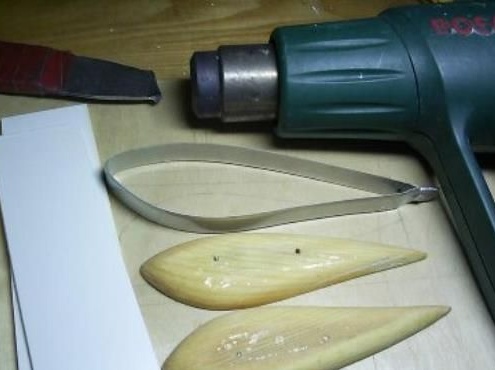
Manufacturing process
Step one. Stamping preparation
First, a frame should be prepared, for this purpose a steel packaging strip is taken and bent along the wooden shape of the jerk. One of the sides of the frame will need to be sharpened, so the frame will cut the plastic around the mold.
As for the model of the future bait, it was made by the author of pine, its dimensions were 145X38 and 10X10 mm. The model consists of two halves, and is connected using matches.

Step Two Stamping
For stamping, polystyrene 2.5 mm thick is used. A piece of material should be put on one half of the bait model and then, using a hairdryer, heat polystyrene. You need to warm until the polystyrene under its own weight does not lie on the workpiece. After that, a metal frame is taken and pressing the top of the board cuts off the excess edges of the plastic.
If the frame is dull, then this whole structure can be clamped in a vice. Polystyrene cools quickly, about 15 seconds, after which the frame can be removed. If the excess edges were not cut, it’s not scary; they can also be cut with scissors. The second half is made in a similar way.
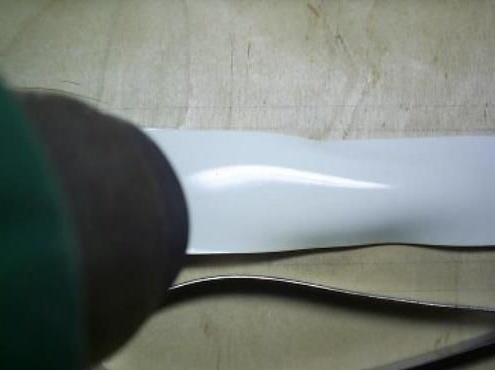
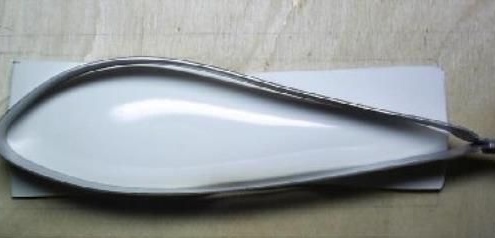
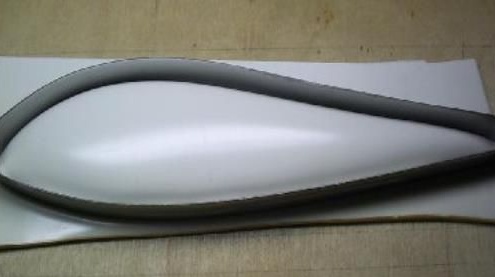
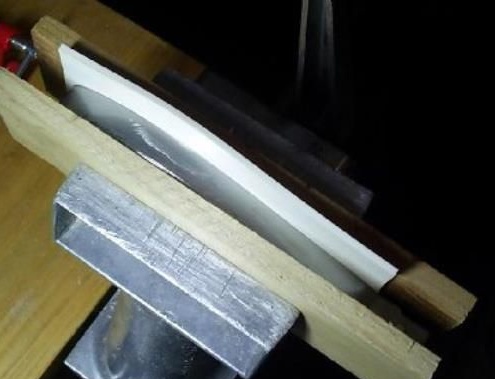
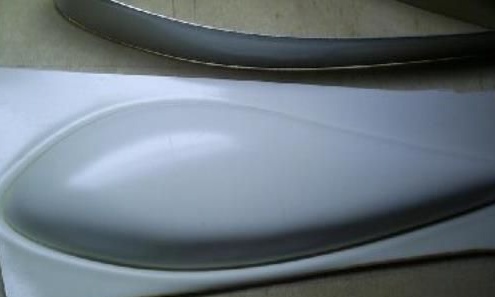
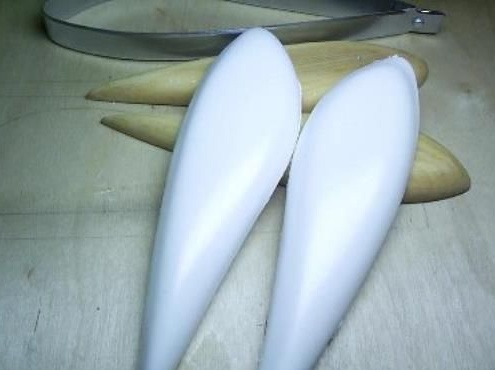
Step Three Lure assembly
The assembly of the bait consists of several stages. Above all, adjacent edges should be carefully sanded. Now you can make loops for attaching the bait and making hooks. In total, the bait will have three loops, this is the front, for it it will be attached to the fishing line, as well as the lower and rear, hooks will be located here.
The whole structure is made of solid wire. After the formation of loops, they should be soldered.
To install the loops in the body of the bait, small recesses are made using a file.

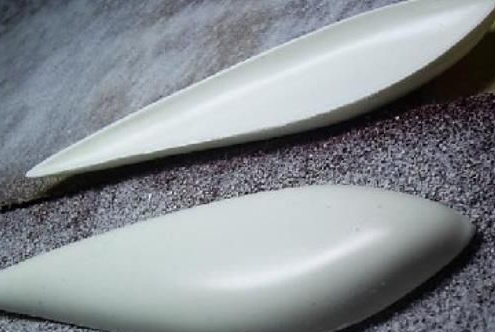
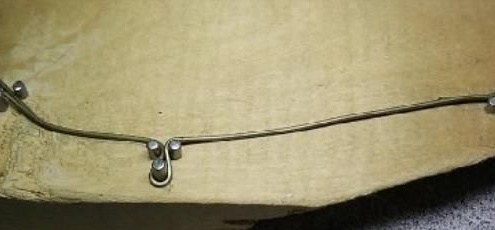
Now you can start loading jerk. It is best to use metal elements for these purposes, since lead negatively affects the environment. It can be bolts, nuts, balls from bearings or even ordinary pebbles.
If the load is symmetrical, then the weights can be divided into two parts and glued in half to each of the parts of the bait.
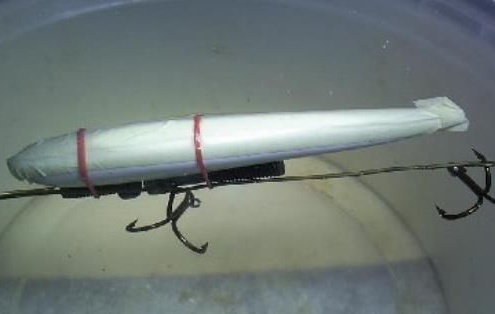
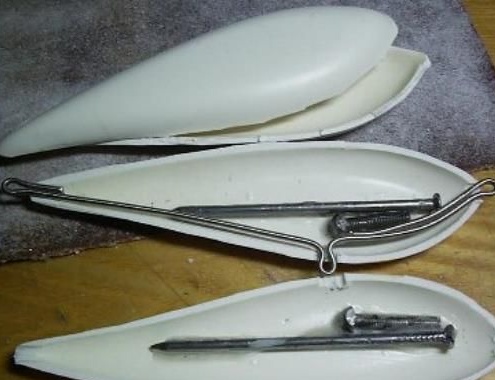
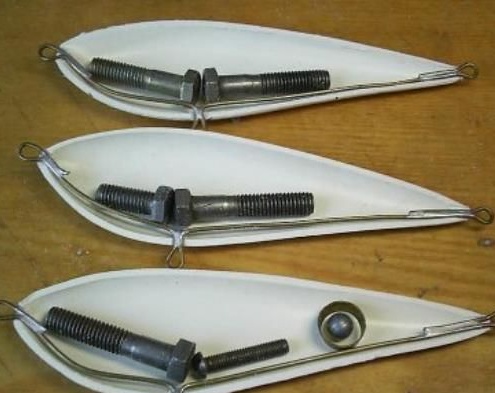
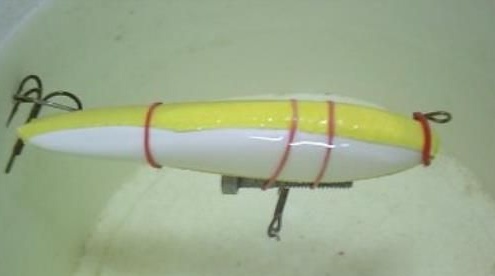
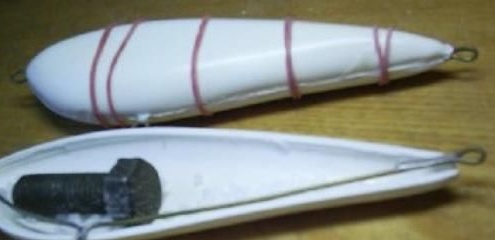
At the final stage, glue is applied around the perimeter of the preforms and then they are joined. As for glue, the author used a solution of polystyrene and solvent "646" for this purpose, as well as a solution of polycarbonate in methylene chloride.
Step Three Jerk painting.
For painting, you can use spray cans with acrylic paint or an airbrush. Also for these purposes, various stencils and nets are needed. After painting on the bait, you need to draw eyes, the pupil is drawn with black nitro paint. In conclusion, Jerk is varnished. As for varnishes, only those that have a urethane or alkyd-urethane base are suitable for these purposes. Most often, the bait is varnished by dipping, and a large squirrel brush is also suitable for these purposes. After applying the first layer, the bait can be decorated with sparkles.
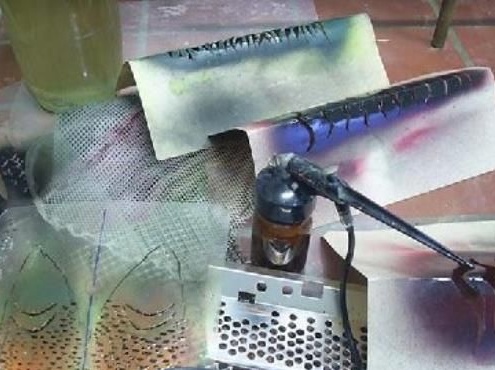
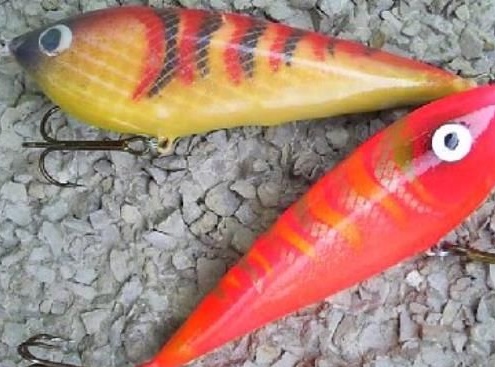
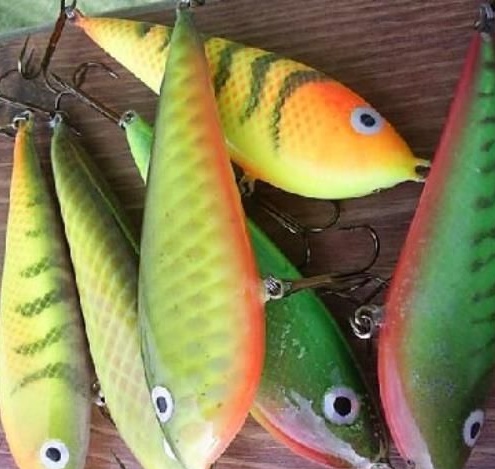
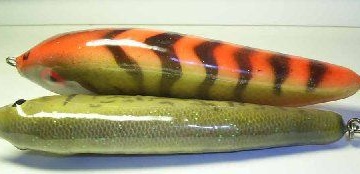
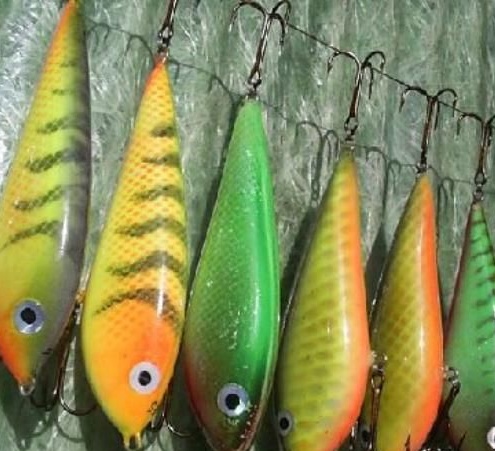
That's all, after installing the hooks the jerk is ready, they will be attached with the help of the clockwork rings. This type of jerk is also called glider, they are slowly immersed and have an excellent game both with frequent and long jerks. Also, a similar technology can also be successfully used in the manufacture of wobblers.
If it turns out that the weights inside the bait begin to move, you can make a small hole in it and pump in the mounting foam or epoxy.
